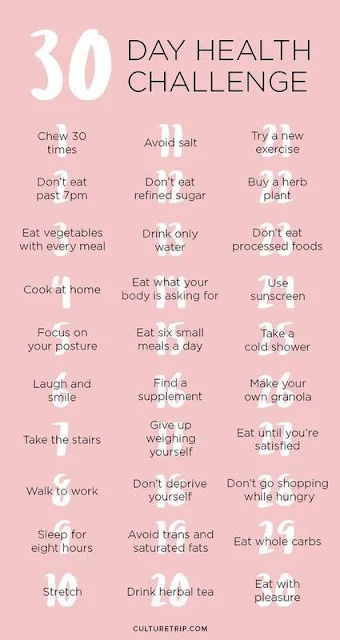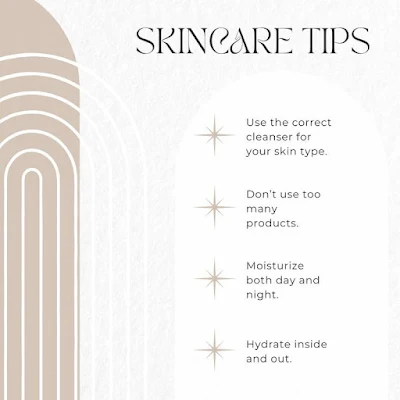Here's a detailed blog post on the topic "Top 10 Hidden Features of [Popular App/Tool] You Didn't Know About." For this example, I'll focus on Google Chrome, one of the most widely used tools with several hidden features that many users are unaware of. This blog can be adapted to any popular app/tool of your choice by changing the specific features discussed.
---
# Top 10 Hidden Features of Google Chrome You Didn’t Know About
When it comes to web browsers, Google Chrome is often the go-to choice for millions worldwide. It's fast, reliable, and packed with features that make it the leading browser on the market. But did you know that Google Chrome is loaded with hidden features and tricks that can elevate your browsing experience to the next level?
In this post, we’ll uncover the top 10 hidden features of Google Chrome that you might not know about. From productivity hacks to fun tricks, these tips will help you get the most out of your favorite browser.
1. **Send Tabs Between Devices**
Do you often switch between devices while browsing? Google Chrome allows you to send tabs between your computer, phone, and tablet seamlessly. This feature is perfect when you’re researching on your laptop and want to continue reading on your mobile device.
How to Use:
1. Right-click on the tab you want to send.
2. Select **"Send to your devices."**
3. Choose the device you want to send the tab to.
This feature requires that you are signed into Chrome on all devices, and it can save you the hassle of copying links or emailing them to yourself.
2. **Reader Mode for a Clutter-Free Experience**
Ever been distracted by ads, sidebars, and pop-ups when trying to read an article online? Chrome’s hidden Reader Mode can strip away all the unnecessary elements, giving you a clean and distraction-free reading experience.
How to Use:
1. Type `chrome://flags/` in the address bar.
2. Search for **"Enable Reader Mode."**
3. Enable the option and restart your browser.
4. Now, when on a cluttered page, click on the Reader Mode icon in the address bar.
Reader Mode simplifies the webpage layout, leaving you with just the text and main images.
3. **Tab Grouping for Better Organization**
If you’re someone who often has dozens of tabs open at once, Chrome’s Tab Grouping feature will change the way you browse. It allows you to group related tabs together, color-code them, and even label them.
How to Use:
1. Right-click on a tab and select **"Add tab to new group."**
2. Name the group and choose a color.
3. Drag other related tabs into the group.
This feature is great for organizing tabs when working on multiple projects or keeping your entertainment tabs separate from work-related ones.
4. **Built-In Task Manager**
Just like your computer, Chrome has its own Task Manager that shows you exactly what each tab and extension is doing. This can help you identify which tabs are consuming the most resources, allowing you to close the ones that are slowing down your browsing experience.
How to Use:
1. Click on the three dots in the top-right corner of Chrome.
2. Go to **More Tools > Task Manager.**
3. View detailed information on each tab’s CPU, memory, and network usage.
The Task Manager helps you manage your browser’s performance and quickly identify any issues.
5. **Pin Tabs to Keep Them Always Accessible**
If you frequently visit certain sites, you can pin those tabs to keep them permanently open and easily accessible. Pinned tabs are smaller and always stay to the left of your tab bar, making them easy to find without taking up too much space.
How to Use:
1. Right-click on the tab you want to pin.
2. Select **"Pin tab."**
This is especially useful for frequently visited sites like email, project management tools, or news feeds.
6. **Quick Calculations and Conversions in the Address Bar**
Chrome’s address bar, also known as the Omnibox, is more powerful than you might think. You can use it to perform quick calculations, unit conversions, and even get answers to basic questions without having to visit a separate website.
How to Use:
- Simply type the calculation (e.g., `150*20`) or conversion (e.g., `100 USD to EUR`) directly in the address bar and hit Enter. Chrome will display the answer instantly.
This feature is a great time-saver, especially when you need quick answers without leaving your current tab.
7. **Mute Noisy Tabs Instantly**
We’ve all been there—suddenly a tab starts playing an ad or video loudly, and you’re frantically trying to find the source of the noise. Chrome lets you mute noisy tabs instantly without having to locate and pause the video or audio.
How to Use:
1. Right-click on the tab that’s playing audio.
2. Select **"Mute site."**
This mutes all audio from the site, saving you from any unexpected interruptions.
8. **Extensions in Incognito Mode**
Chrome’s Incognito Mode is great for private browsing, but did you know you can also enable your favorite extensions while in Incognito? This allows you to maintain your usual browsing habits even when you want to keep things private.
How to Use:
1. Click on the three dots in the top-right corner of Chrome.
2. Go to **Extensions** and find the extension you want to use in Incognito.
3. Click **Details** and toggle on **"Allow in Incognito."**
Just remember that some extensions may still track your activity even in Incognito Mode, so choose wisely.
9. **Create QR Codes for Easy Sharing**
Chrome has a built-in QR code generator that makes sharing links easier than ever. This feature is perfect when you want to share a webpage with someone nearby or transfer a link to your mobile device without typing it out.
How to Use:
1. Click on the share icon in the address bar.
2. Select **"Create QR code."**
3. You can scan the code directly or save it for later use.
This quick and easy way to share URLs can be a lifesaver when working in groups or sharing resources during meetings.
10. **Drag Multiple Tabs at Once**
Managing multiple tabs can be a hassle, but Chrome allows you to drag and move multiple tabs at once, making it easy to reorganize your workspace.
How to Use:
1. Hold down the Ctrl key (Cmd on Mac) and click on the tabs you want to move.
2. Drag the selected tabs to a new position or window.
This simple trick can save you time when you need to organize your tabs efficiently, especially during multitasking.
Conclusion
Google Chrome is a powerful tool that offers much more than meets the eye. By unlocking these hidden features, you can make your browsing experience faster, more organized, and more enjoyable. Whether you’re looking to boost your productivity, keep your tabs under control, or simply discover something new, these tips and tricks are sure to enhance your Chrome experience.
Did you find these hidden features helpful? Let us know which ones you plan to use, or share your own favorite Chrome hacks in the comments below!
---
















